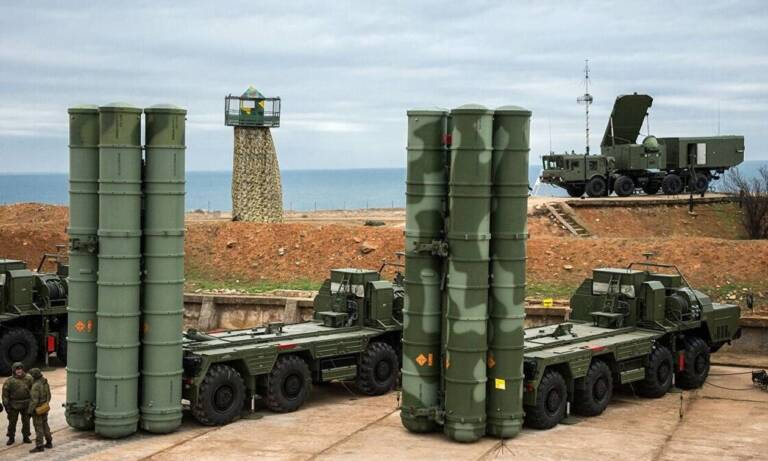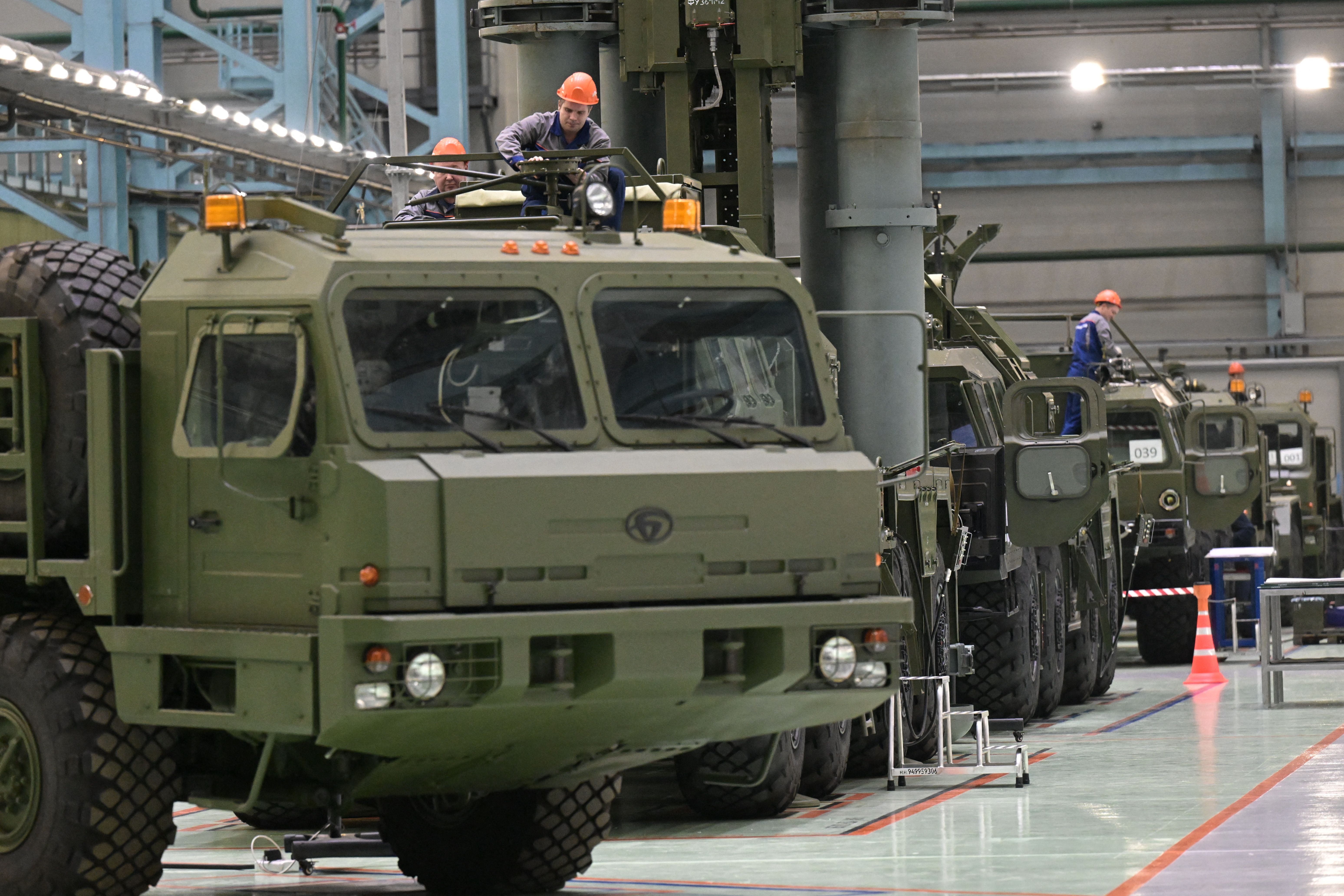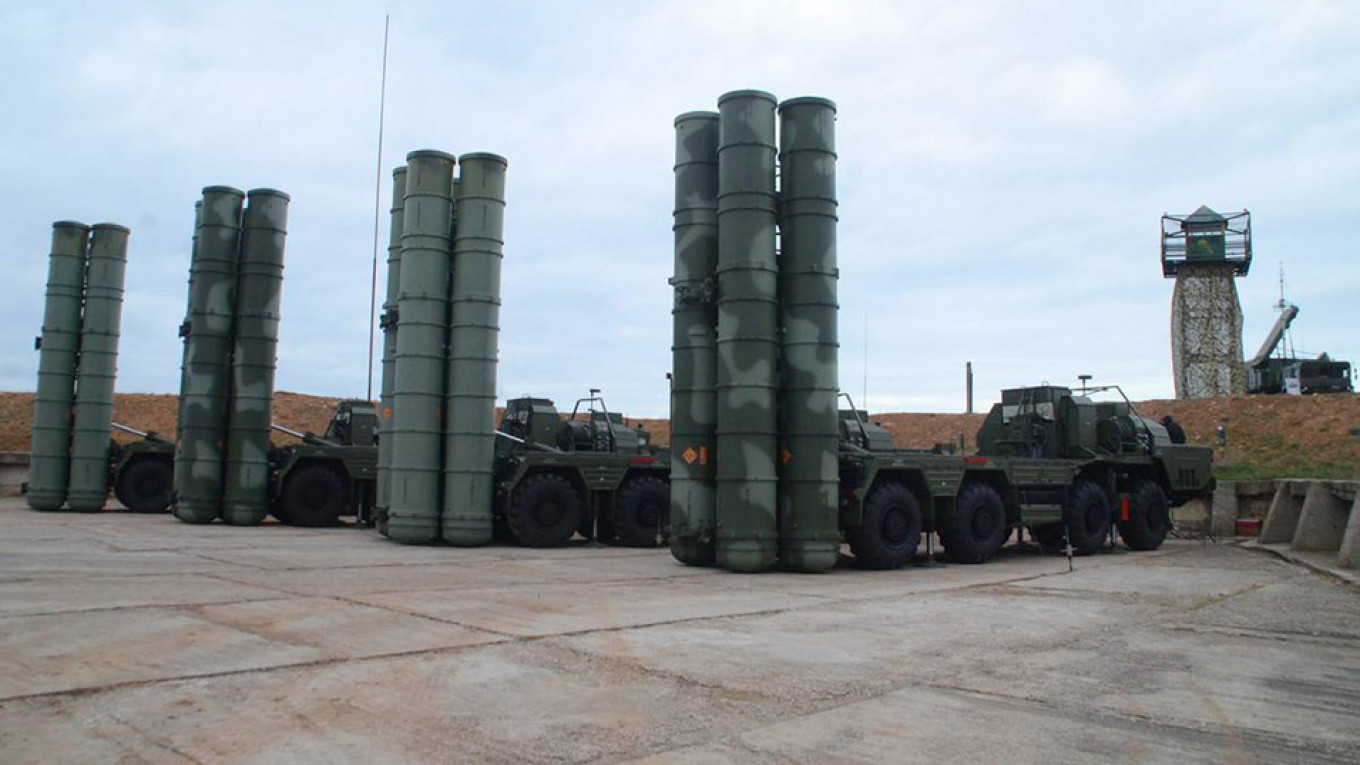Russia will receive the new S-500 anti-aircraft systems by 2024

According to Russian Defense Minister Sergei Shoigu, the Russian Armed Forces will receive the first examples of the highly anticipated new generation S-500 air defense missile system this year.
The Russian Defense Minister's announcement, reported by state news agency TASS , signals a significant advance in Russia's military capabilities.
Shoigu emphasized that the S-500 system will be delivered in two variants: long-range air defense missile systems and anti-missile defense complexes.
This revelation comes alongside the planned delivery of other defense systems, including the S-400 and S-300V4 air defense missile systems, the Buk-M3 and Tor-M2U missile systems, and next-generation radar stations.

Russian anti-aircraft missile production line
The S-500, known as the Prometheus air defense system, was developed by the Almaz-Antey Air and Space Defense Corporation. It is designed to neutralize a wide range of threats posed by current and future aerospace technologies, at various altitudes and speeds.
Development of the S-500 began in 2010, following the success of Russia's S-400 system in 2007. The system's design was initially completed in 2011, but its series production was subject to multiple delays, with the latest projection for series production now set for 2025.
Despite these setbacks, the S-500 promises to be a game-changing system, capable of countering fifth-generation aircraft, low-orbit satellites and a spectrum of missile threats.
Although delays in the S-500's introduction have raised concerns, some experts have proposed that Russia may be intentionally extending its production schedule to prioritize meeting continued demand for the S-400 system, both domestically and internationally.
Moscow has actively promoted the S-400 for export, securing contracts with several countries around the world. Meanwhile, the S-500 has undergone rigorous testing to validate its capabilities.
In May 2018, Russia conducted what was called “the world's longest-range surface-to-air missile test,” demonstrating the system's prowess by successfully hitting a target nearly 300 miles (482 kilometers) away.
Additionally, earlier this year, reports indicated that the S-500 effectively tracked and intercepted hypersonic targets, highlighting its flexibility and suitability in an evolving security environment.
S-500 Prometheus air defense system
Russia has hailed the S-500 anti-aircraft missile system as a system that remains unmatched globally, highlighting its ability to effectively counter a broad spectrum of current and future air threats posed by potential adversaries ranging at various altitudes and speeds.
One of the system's defining features is its purported ability to neutralize threats at different altitudes and speeds.
Furthermore, its high resilience to electronic interference increases its survivability in challenging combat scenarios, ensuring its effectiveness even in the face of sophisticated electronic warfare tactics.
Designed as a successor to the aging A-135 missile systems currently in operation, the S-500 is intended to complement Russia's existing S-400 systems, forming a comprehensive defense network.
Its deployment aims to safeguard critical administrative and industrial hubs within Russia, strengthening the national security infrastructure against airborne threats.
 jea
jea
Like its predecessors in the Russian air defense arsenal, the S-500 has adaptability as its main feature. The system is capable of launching various types of missiles tailored to specific threats and operational requirements, further enhancing its versatility and effectiveness in countering evolving airborne threats.
According to details provided by the Center for International and Strategic Studies, the S-500 comprises four 40N6M long-range surface-to-air missiles or two 77N6 interceptors mounted on a launch vehicle.
Among its key features are long-range missile capabilities. The 40N6M long-range missiles have a remarkable range, up to 400 kilometers, while the 77N6 series interceptors boast an even greater range: they are capable of reaching around 600 kilometers.
The S-500 is equipped with a sophisticated radar complex consisting of four radar vehicles per battery. This includes the 91N6E(M) S-band acquisition radar, the 96L6-TsP C-band acquisition radar, the 76T6 multi-mode engagement radar and the 77T6 anti-ballistic missile engagement radar.
These cutting-edge radar systems allow the S-500 to detect ballistic and aerial targets at considerable distances, with capabilities extending up to 2,000 kilometers for ballistic targets and 800 kilometers for aerial threats.
The Kremlin has made a notable claim that the S-500 is the only weapon capable of intercepting Russia's Kinzhal “hypersonic” missiles. The Kinzhal, an air-launched ballistic missile, poses a significant challenge due to its hypersonic speed and maneuverability.
However, Kyiv claimed to have shot down these missiles with its American-designed Patriot system in the ongoing war with Ukraine. It remains to be seen when the Russian army will be able to display its system near the front.

Thanks to our Telegram channel you can stay updated on the publication of new Economic Scenarios articles.
The article Russia will receive the new S-500 anti-aircraft systems by 2024 comes from Economic Scenarios .
This is a machine translation of a post published on Scenari Economici at the URL https://scenarieconomici.it/la-russia-ricevera-i-nuovi-sistemi-antiaerei-s-500-entroo-il-2024/ on Thu, 25 Apr 2024 08:00:27 +0000.
